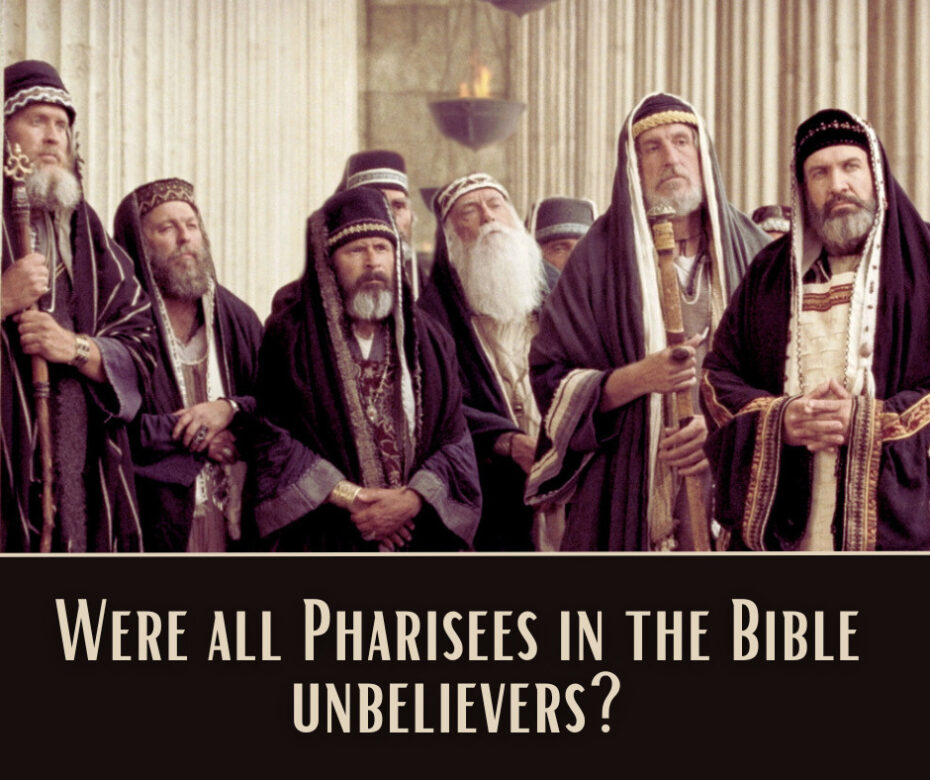The New Testament doesn’t sugarcoat the Jewish religious leaders of the first century. They are described as whitewashed tombs, snakes, and greedy. Ultimately, the religious leaders kill their own Messiah. Because of these examples, and the overall tenor of the NT, the word Pharisee carries a negative connotation for most Bible students; many automatically typecast all Pharisees as unbelievers.
However, the Scriptures don’t have this one-size-fits-all approach to the religious elite. John says that many of the rulers came to faith (John 12:42). John 3 records one of the Lord’s greatest evangelistic conversations. It is with a Pharisee named Nicodemus. Nicodemus likely came to faith that night, or soon after, and helped bury the Lord’s body after His death (John 19:39).
In the Gospel of Luke, there are two accounts in which the Lord is invited to dinner by a Pharisee. First, in Luke 14:1a:
“Now it happened, as He went into the house of one of the rulers of the Pharisees to eat bread on the Sabbath…”
The scene is set, and the characters are in position. At first glance, the villain must be the Pharisee. However, as the passage continues, the Lord directly addresses him in verse 12, then presents a parable dealing with the doctrine of rewards. He instructs the Pharisee to invite the poor and sick when he gives a dinner so that, at the resurrection, he will be repaid for his faithful service. Notice: The Lord’s presumption is that this Pharisee will be present at the resurrection. Furthermore, He is instructing the man on how to live a life that will be rewarded. Jesus is talking about works, not the gift of eternal life. This is discipleship language and thus not addressed to an unbeliever. The importance of coming to the passage with the mindset that a Pharisee can be either a believer or unbeliever is essential. If he is typecast as an unbeliever, then a works-based salvation could be misapplied in these verses.
The second Pharisee who invites Jesus to dinner is a man named Simon (Lk 7:36-55). As with the Pharisee in chapter 14, the Lord gives Simon a short parable. This time, however, the Lord draws a contrast between Simon and the sinful woman who washed His feet with her tears (vv 37-38). Simon doesn’t respond well to the sinful woman or her actions. He is prideful and legalistic. Once again, prejudice can color how one interprets this account. Because Simon is a Pharisee, and because he responds so poorly to the women, most come to this passage and conclude that he is an unbeliever. However, the parable the Lord presents suggests a different scenario.
“There was a certain creditor who had two debtors. One owed five hundred denarii, and the other fifty. And when they had nothing with which to repay, he freely forgave them both. Tell Me, therefore, which of them will love him more?” Simon answered and said, “I suppose the one whom he forgave more” (Luke 7:41-43) [emphasis added].
Two things about this parable are noteworthy. First, it depicts two people who owe a debt. Jesus later explains that the two debtors represent Simon and the woman. Both are described as forgiven. The Lord is saying that Simon has been forgiven. This would be an odd description of an unbeliever. Forgiveness is a fellowship issue, which fits the narrative. Simon, who invited the Lord to his home to eat, is angry that He would allow such a woman to touch Him. In his arrogance, Simon believes that he–but not this sinful woman–is worthy of the Lord’s fellowship and attention. And yet, the woman shows the Lord more love and appreciation. This is the passage’s primary message. The Lord is praising the woman because she has shown Him more love, and rebukes Simon because of his failure to show Him even the minimum amount of respect that was customary.
Again, this would be an odd complaint for the Lord to make to an unbeliever. The unregenerate would have no cause to show the Lord appreciation or love. As with the Pharisee in chapter 14, this is discipleship language. The woman was forgiven more; therefore, she loves more. Simon was being judgmental and ungrateful, but this doesn’t mean he wasn’t saved.
There is a certain irony in this passage. Just as Simon looked down on the sinful woman and assumed the Lord wouldn’t have fellowship with such a depraved person, many interpreters come to this passage and treat Simon the same way. However, the Lord didn’t come to teach only the carnal believer; He came to teach the legalistic one as well.
In light of these issues, it’s important to look at these passages and men individually. If the Bible student automatically places all religious Jews, including Pharisees, into the role of unbeliever, this could negatively impact how they apply passages. The context, rather than our theological biases, should determine how these men are seen. Let us strive to avoid typecasting people we meet in the Scriptures, even if they are not our favorites.

